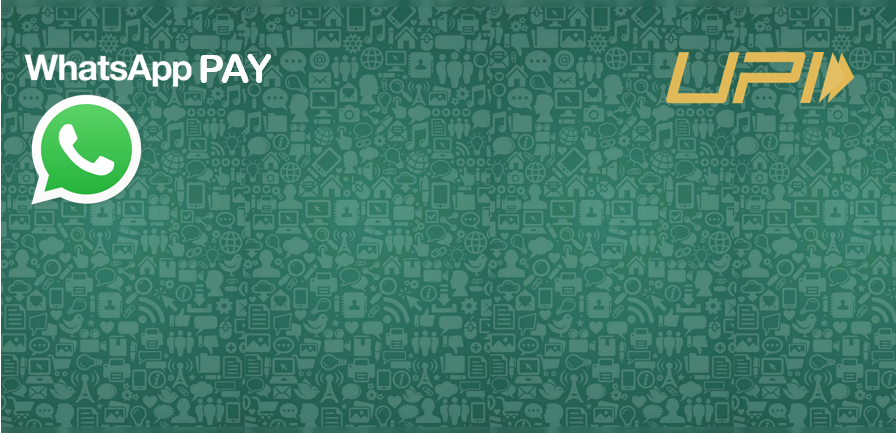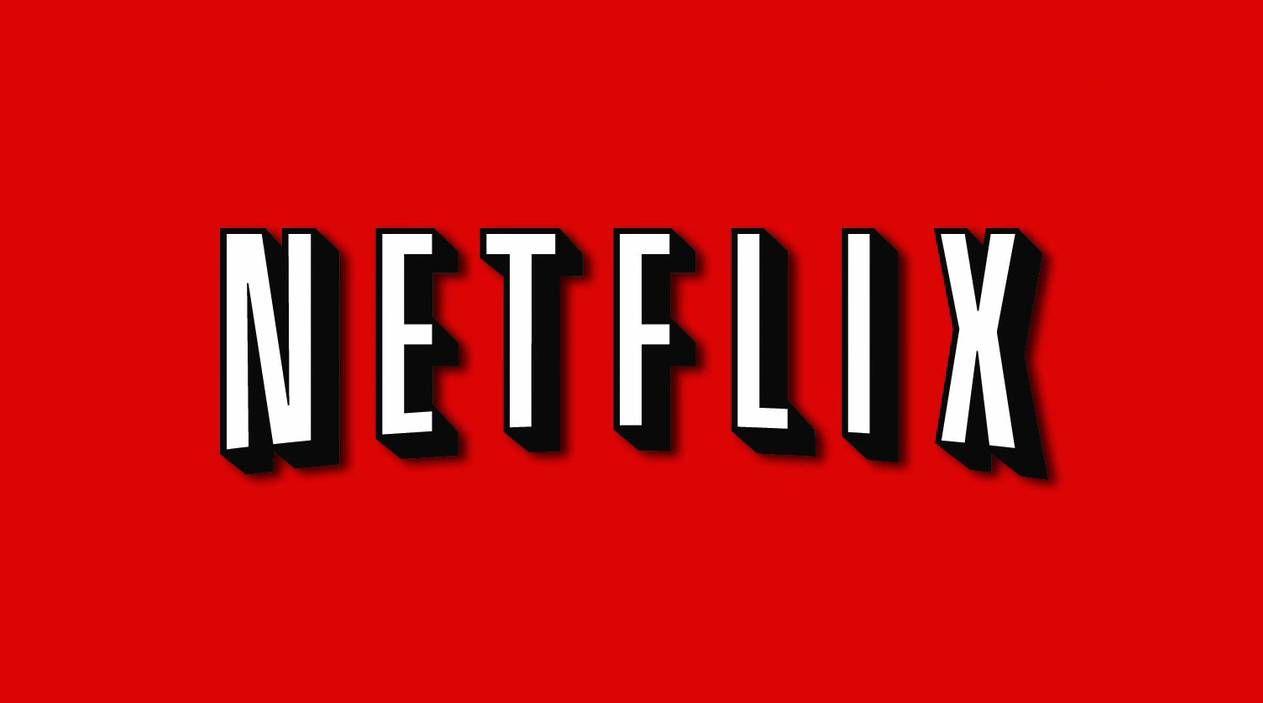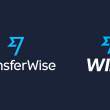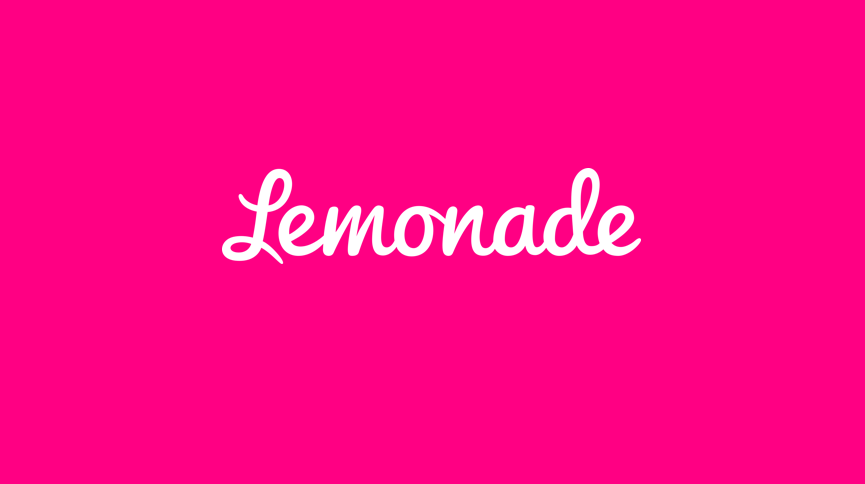Why Whatsapp wants you to Pay ?
NPCI (National Payment Corporation of India) recently gave approval to WhatsApp for allowing payments through its platform. WhatsApp had a long pursuit for allowing payments in India. Getting approval in India in BFSI does make headlines, though this time it is special. Let’s look at why WhatsApp payment is important and what could be Mark Zuckerberg’s plan with in-app payments.
WhatsApp – A global communication enabler
WhatsApp was launched in January 2009. This was the time when Blackberry messenger (BBM) and Yahoo Messenger were the popular chatting mode. BBM was an exclusive club, available only for Blackberry phone users. Yahoo Messenger was open to the world and was overexploited for various reasons. There was a need for a secure and easy to access messenger. Steve Jobs had launched the first iPhone; Apple was planning to open up its ecosystem. Whatsapp launch just fits in as the missing piece of the puzzle. Since its launch, WhatsApp has always been top of the charts in multiple aspects. Around 2014, Facebook founder Mark Zuckerberg believed in the story of WhatsApp and paid a whopping $19 Billion for WhatsApp. This was against a backdrop of VC funding at $1.5 Billion.
WhatsApp since then has maintained its status quo. Through continuous updates and expanding user base, they have achieved all the targeted metrics. Today Whatsapp has 1 Billion plus daily active users. Whatsapp in the quest to enable a revenue model launched Whatsapp business, which allowed organizations to connect with businesses. Though WhatsApp business is doing well, there are enough opportunities to milk the strong user base and justify the faith put during steep valuations.
Story Of WhatsApp Pay
One of the opportunities for WhatsApp to make the most of its user base is to enable users to do more via Whatsapp. Whatsapp planned to kickstart payment services through its app for users in India. WhatsApp started pursuing the NPCI in 2018 for payments feature. NPCI allowed only a partial trial, considering questions raised from various competitors. After the initial trial, WhatsApp kept pursuing the Indian lawmakers for a license. During this time frame, Mark Zuckerberg met Indian prime minister Modi in a town hall conversation. The needle started moving in favor of Facebook post their investment in India’s booming telecom story Jio.
Finally, in November 2020, the prayers were heard and Facebook was awarded a limited use license to enable WhatsApp Pay. An additional benefit that came along was that NPCI placed an upper cap on the transactions per player, allowing enough business for all players. Google Pay and PhonePe are leading UPI transactions as of now could possibly lose business and no points for guessing who would be the winner.
Business Plan behind WhatsApp Pay
The important question is, why did WhatsApp pursue the enablement of payments through its app. Why did a social media giant stick to its payment plans in India for so long? Several key reasons are listed below.
User fencing
Whatsapp has 200 million-plus users in India and 120 million-plus users in Brazil. If WhatsApp found a way to enable features like payments, it would extend the stickiness for its app and also generate sizable revenue for them. By enabling payments, it fuels the ‘Data is the New Oil’ theme behind many businesses. If the Idea of WhatsApp pay succeeds in India and Brazil, it will certainly fly in other countries too.
WhatsApp has launched payments in Brazil too. Their long term plan is to launch payments globally.
Chief enabler for Whatsapp business
Whatsapp business is creating a strong niche for itself. Organizations through Whatsapp provide an additional channel for quick conversations with end-users. If WhatsApp pay is enabled, users could buy products directly from Whatsapp itself. Many organizations have created bots on WhatsApp. Assume a reminder would be sent to the user for their insurance premium with a button to pay. A user could just click on the button and authorize the transaction, which would be that simple. This plan is evident from the feature Whatsapp released recently with a shop button
More importantly, businesses like Meesho and GlowRoad have built their business around social commerce. Such businesses will receive a significant boost to their overall revenues. Since the user will be performing transactions within the app, the chance of missing out on payments will be reduced too. WhatsApp pay will be the multiplier factor for social commerce.
Ecosystem of Super Apps
The idea of making payments through messenger apps is not new. WeChat Pay, Line, and Telegram have been early adopters of this functionality. Digital businesses are transitioning from apps to an era of micro-apps. Micro apps essentially mean an app store within an app. One single app allows you to do everything. The real-world analogy for this is a shopping mall, where you enter, stay for a longer duration, and get everything you want. A one-stop-shop for spending your time, attention, and money. Whatsapp Pay is the stepping stone in the idea of creating this ecosystem within its app.
Parting Thoughts
WhatsApp has been reluctant to bulldoze its users with tons of features. Though since the exit of their founders, there seems to be a shift in the overall strategy. WhatsApp may find it challenging to scale its payment operations considering the upper cap; however, it would enable them to try out an experiment for the longer run.
Also Read – Reasons why Disney started its OTT platform





